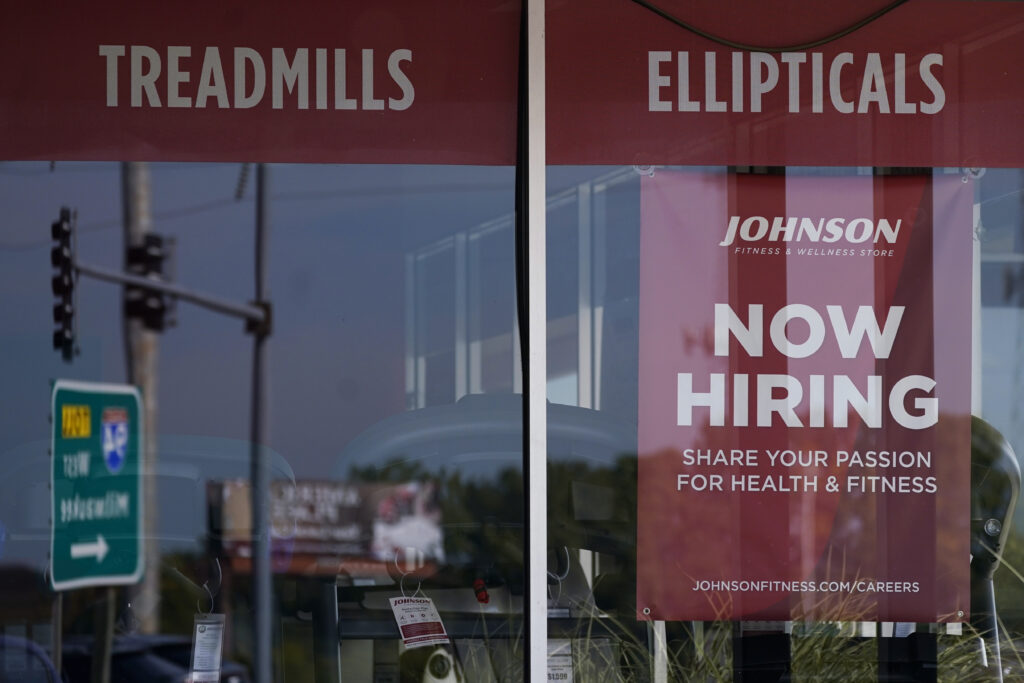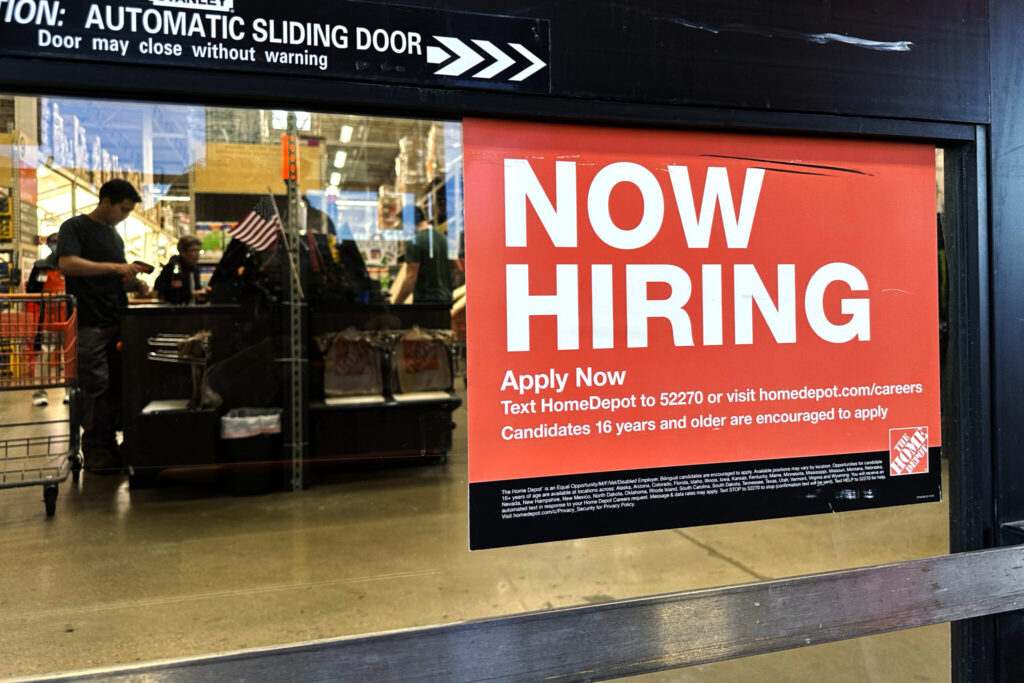U.S. jobless claims rise slightly/ while layoffs remain low amid Fed rate cuts/ Newslooks/ WASHINGTON/ J. Mansour/ Morning Edition/ Unemployment claims in the U.S. rose slightly last week, though layoffs remain at historically low levels, signaling a stable labor market. The Labor Department reported that claims rose to 221,000, slightly below expectations, while ongoing unemployment benefits reached their highest since 2021. Amid these mixed signals, the Federal Reserve continues to cut interest rates, aiming to balance inflation control with job market support.

“U.S. Unemployment Benefits Trends Quick Looks”
- Slight Rise in Jobless Claims: Weekly jobless claims rose by 3,000 to 221,000, indicating minor fluctuations in unemployment.
- Stable Layoffs: Despite the slight increase, layoffs remain at historically low levels, showing job market stability.
- Fed Rate Cuts to Support Employment: With inflation receding, the Federal Reserve is shifting focus, cutting rates to aid employment.
- Extended Unemployment Benefits Climb: Continuing claims reached 1.89 million, the highest since late 2021, suggesting a slower reemployment rate.
- Soft Landing Goal: The Fed aims to reduce inflation without triggering a recession, with job market cooling in recent months.
Jobless Claims Edge Up Amid Slow Job Market Recovery
Deep Look
The U.S. labor market showed slight signs of softening last week, as the number of Americans applying for unemployment benefits edged up modestly while layoffs remained at historically low levels. According to the Labor Department’s report on Thursday, jobless claims increased by 3,000, reaching 221,000 for the week ending November 2. This figure was slightly below analyst predictions of 227,000, indicating that the U.S. job market remains resilient despite recent fluctuations.
To smooth out the volatility of weekly figures, the four-week moving average of claims dropped by 9,750 to 227,250. Economists often monitor this average as it provides a clearer view of labor market trends. In contrast to weekly figures, continuing claims—representing the total number of Americans collecting ongoing unemployment benefits—increased by 39,000, reaching 1.89 million for the week ending October 26. This marks the highest level of continuing claims since late 2021, suggesting some workers may be taking longer to find new employment.
In response to these mixed signals, the Federal Reserve has recently shifted its monetary policy to support job growth more actively. In September, the Fed made its first rate cut in four years, reducing its benchmark interest rate by half a percentage point after a prolonged period of rate hikes. This move comes as inflationary pressures have shown signs of easing, allowing the Fed to transition from an anti-inflation focus toward sustaining the labor market. Thursday’s anticipated announcement of an additional quarter-point rate cut would bring the federal funds rate down further, aiming to help the Fed achieve a “soft landing”—reducing inflation while avoiding a recession.
Jerome Powell, Chair of the Federal Reserve, recently expressed confidence that inflation is largely under control, as evidenced by a key inflation metric falling to its lowest point in three and a half years last week. The steady decline in inflation, now approaching the Fed’s 2% target, has bolstered the central bank’s confidence in cutting rates to mitigate the economic slowdown without risking runaway inflation.
The labor market has shown signs of cooling this year, partly in response to higher borrowing costs from previous Fed rate hikes. For example, initial claims for jobless benefits averaged 213,000 per week in early 2024 before rising slightly in mid-year, peaking at around 250,000 in July. This trend supported the idea that the Fed’s rate hikes were gradually easing the intense demand for labor.
October’s job creation numbers were particularly modest, with only 12,000 new jobs added—a stark contrast to earlier in the year. Economists have pointed to temporary factors, including strikes and hurricanes, that may have contributed to the weak job growth for the month. Additionally, the Labor Department’s August revision indicated that job gains had been overestimated, with 818,000 fewer jobs added from April 2023 to March 2024 than initially reported. This revision reinforced the sense that the labor market has been gradually cooling, prompting the Fed to reconsider its approach to interest rates.
As the Fed implements further rate cuts to ease financial pressures, economists will watch closely to see if these measures can achieve the central bank’s “soft landing” objective without spurring a new wave of inflation. For now, the uptick in jobless claims and the sustained low levels of layoffs suggest a delicate balance between cooling inflation and a still-resilient job market.







